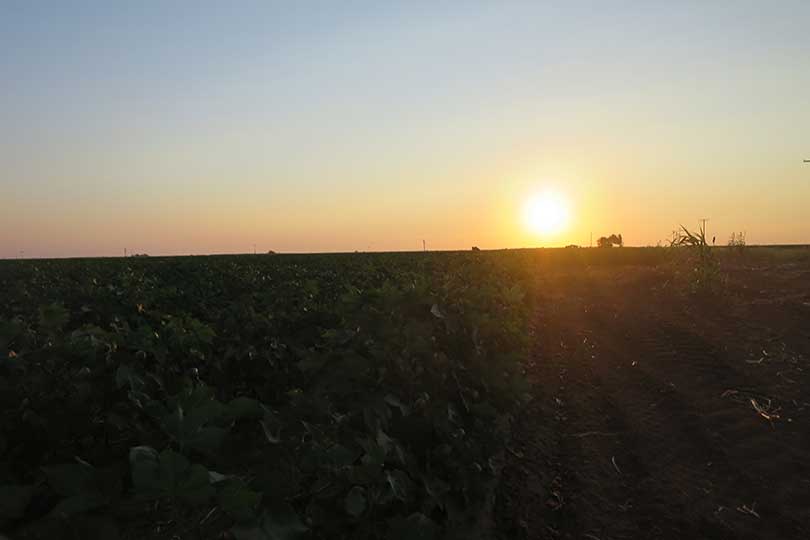Bats are nocturnal creatures that move with stealth and speed. They patrol farmland using echo location to capture their insect prey and help save farmers billions in pest control, according to Farm Journal.
They provide consistent crop protection and save agriculture up to $53 billion per year, according to estimates from the University of Pretoria, U.S. Geological Survey (USGS), University of Tennessee and Boston University.
Research has proven the value bats have to agriculture. Cotton growers saved $74 per acre in pesticide treatments across eight Texas counties in a 2006 study.
Josiah Maines, a graduate student at Southern Illinois University Carbondale and his advisor, Justin Boyles, ran a concrete field trial in 2013-2014 to show the relation between bats and corn protection. The team built a canopy system to prevent bats from accessing particular sections of corn at night.
For two years, from May to late September, Boyles would open the enclosure during the day and close it at night to cut off bat access to earworm moths.
A 50 percent drop in earworm presence in control areas and a similar reduction in corn ear damage was the result. The bats also reduced the presence of fungal species and toxic compounds, the trial showed.
“Globally, we estimate bats save corn farmers over $1 billion annually in earworm control,” Maines told Farm Journal. “It’s an incredible amount when we’re only considering one pest and one crop. Bats are truly a vital economic species.”
Paul Cryan, a USGS research biologist at the Fort Collins Science Center, says there are several issues that could impact the future of U.S. bat populations. White Noise Syndrome (WNS), which first appeared in 2006, has killed about 6 million bats, Cryan said.
“I believe farmers would see an immediate impact in insect suppression if overall bat populations were seriously reduced,” Cryan said.


Interesting! I had never connected bats with crop protection.